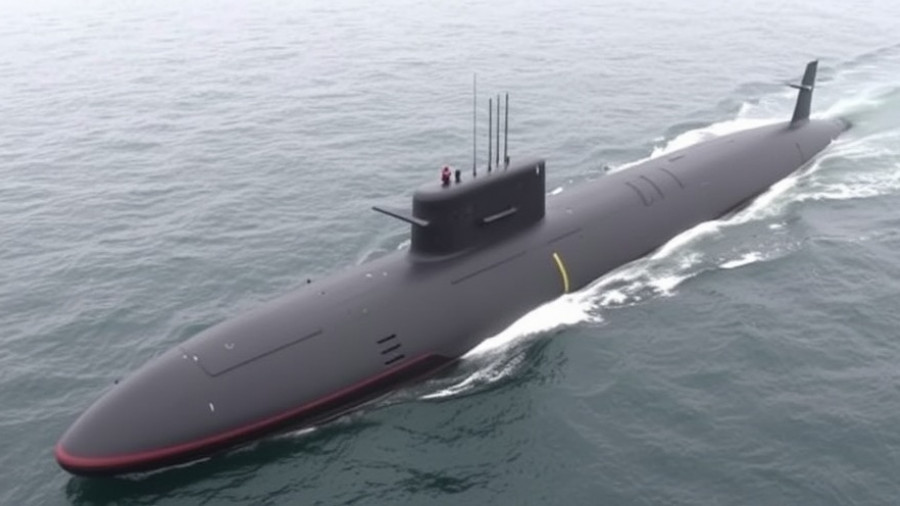
Rolls-Royce Chosen for Key Role in Canadian Navy's Future
The Royal Canadian Navy (RCN) is poised to transform its maritime capabilities through the ambitious River-class destroyer programme, choosing Rolls-Royce as a critical partner. This initiative marks a significant step for the nation's naval forces, focusing on enhancing operational capabilities since WW2.
Essential Components for a New Era
Under the new agreement, Rolls-Royce is set to supply the MT30 gas turbine for primary propulsion, essential to powering the fleet's ships efficiently. Additionally, the advanced Mission Bay Handling System will be incorporated into the design, allowing for improved operational versatility, and mtu Series 4000 diesel generators will provide reliable power sources.
Strategic Importance of the River-Class Destroyers
The choice to construct up to 15 ships is not just about numbers; it represents a strategic commitment to enhancing Canada’s maritime defense. These destroyers are designed based on the BAE Systems Type 26 warship, promising a blend of firepower, advanced technology, and versatility instrumental for facing modern maritime challenges.
Implications for Canada’s National Shipbuilding Strategy
This initiative aligns with Canada’s National Shipbuilding Strategy (NSS), which aims to revitalize the country’s maritime industry. The first three ships of the batch are set to commence construction in April 2025, providing economic opportunities within the region. Local shipbuilders like Irving Shipbuilding are anticipated to benefit significantly from this partnership, enhancing not only naval strength but regional job creation.
Global Collaboration in Maritime Defense
Interestingly, the components used in the River-class will also be utilized in the naval designs of allied nations, including Australia and the UK, reflecting a global collaboration in maritime defense technologies. This move not only fosters international ties but also standardizes ship capabilities among allied navies, creating potential synergies in military operations.
Potential Challenges Ahead
While the announcement is undoubtedly positive, the complex nature of military procurement and shipbuilding can pose challenges. Delays in supply chains or funding can impact timelines. Additionally, the integration of advanced technology will require rigorous testing to ensure reliability and safety once the ships are operational.
Looking Ahead: Future Opportunities in Naval Technology
As the construction of these destroyers progresses, experts believe that this project will lead to further advancements in naval technology. Innovations in propulsion, weaponry, and automated systems could redefine Canada’s military strategies for years to come, enhancing the nation’s defense posture.
Conclusion: A Step Forward for Canada's Navy
The selection of Rolls-Royce signifies a pivotal development for the Royal Canadian Navy and the broader maritime industry. With the promise of enhanced capabilities and strategic partnerships, all eyes will be on the successful execution of the River-class destroyer program.
As the project unfolds, it will be vital for stakeholders—from policymakers to shipyard employees—to stay updated on developments and actively engage in discussions regarding the future of Canada’s naval forces. This is not just a military initiative; it is a broader movement involving national security, global partnerships, and economic revival.
 Add Row
Add Row  Add
Add 




Write A Comment